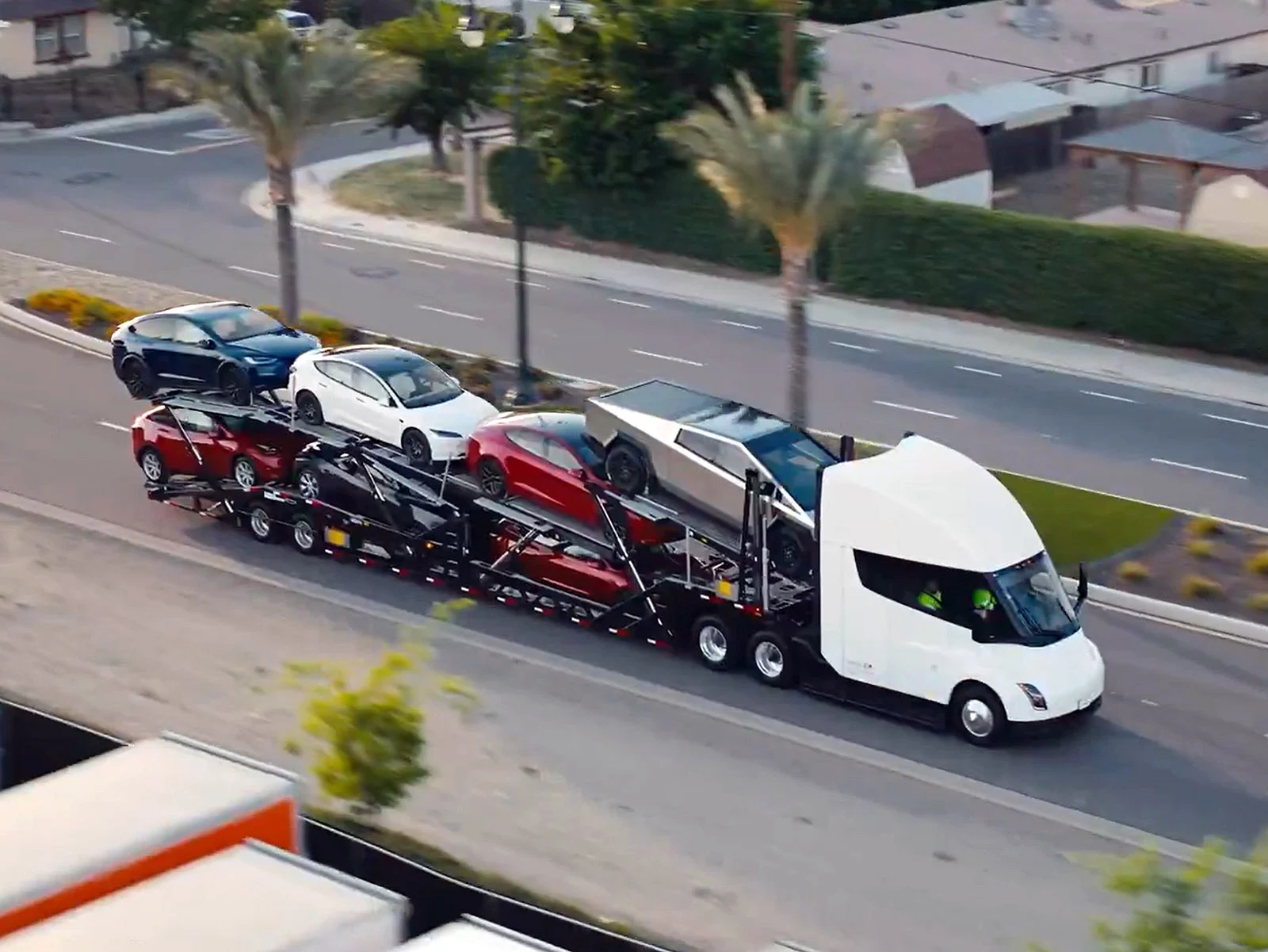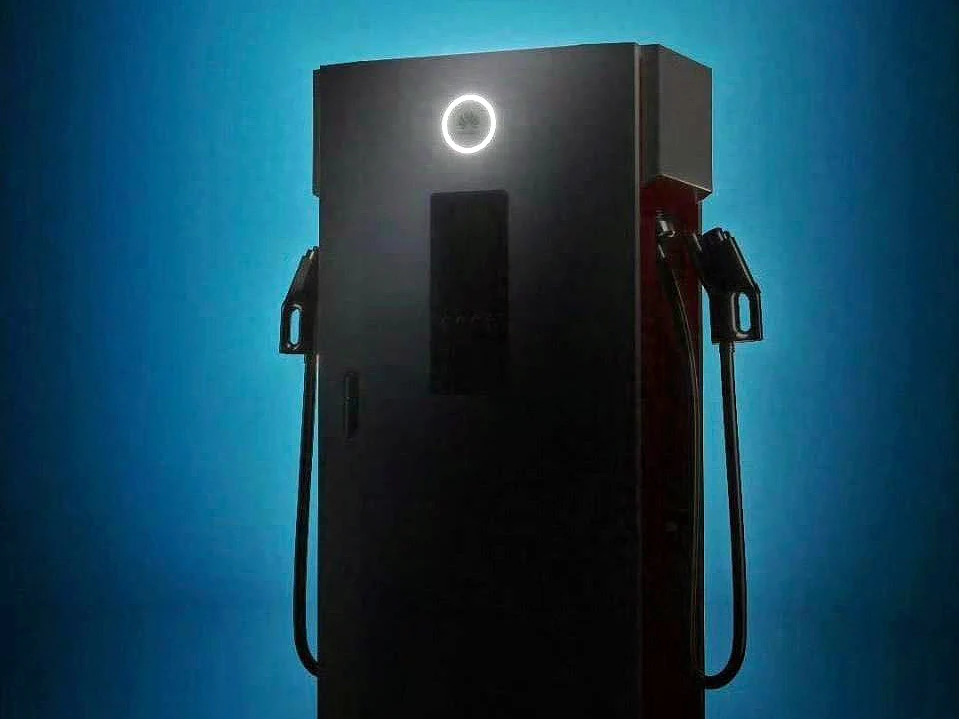Key Takeaways
1. Tesla is building advanced V4 Superchargers for its Semi, launching commercially in 2026.
2. The 1.2 MW charging stations can provide energy to 8 charging stalls simultaneously, enhancing efficiency.
3. Tesla has permits for 46 Semi charging locations this year and plans to add over 300 charging piles by 2026.
4. New stations use most components from existing Superchargers, allowing for faster and cheaper rollout.
5. Tesla is enabling white-label Supercharger projects for other companies, promoting faster network growth through collaboration.
Tesla is in the process of building the advanced V4 Superchargers meant for its Semi, which is set to launch commercially in 2026.
Powerful Charging Capability
These 1.2 MW charging stations are made to work with Tesla’s passenger cars, including the Model Y. The power units can provide energy to as many as 8 charging stalls simultaneously, which is quite efficient.
Tesla has received permits to establish 46 charging locations for the Semi this year and in 2026, aiming to add over 300 charging piles to its rapidly expanding network.
Sharing Insights from the ACT Expo
During the ACT Expo 2025 clean energy conference, Dan Priestley, who leads the Tesla Semi project, mentioned that the new 1.2 MW stations use most of the internal components from the existing Superchargers, except for the stronger cables and connectors necessary for megawatt-level charging.
This design will enable Tesla to roll them out quickly and at lower costs, which should positively impact the pricing per kWh while maintaining the reliability and uptime that users expect from the Supercharger network.
Expanding Through Collaboration
In addition, Tesla is leading initiatives for white-label Supercharger projects, allowing other companies to install and brand these chargers. This move lets them benefit from local or federal subsidies while ensuring quicker growth of Tesla’s charging network.
The details of the Hardware Sales program were shared at the Power2Drive EV industry event in Munich. Tesla’s Moritz Gutbrod hinted that interested parties could have “full control, yet zero hassle” when they install and manage Supercharger stations under their own brand and pricing models.
Source:
Link


